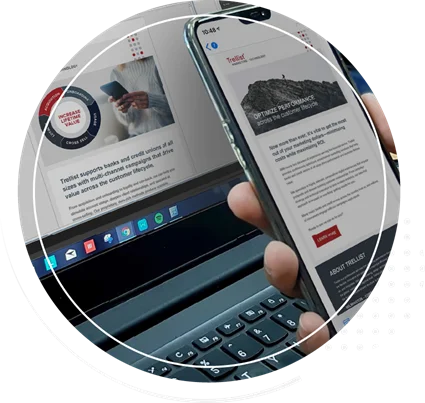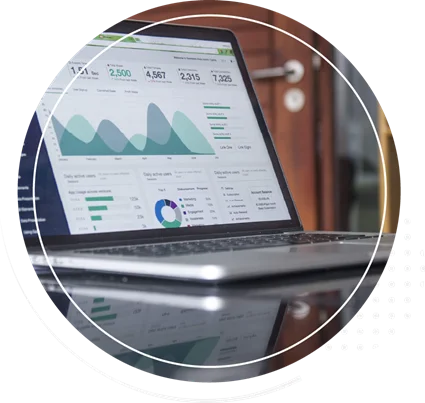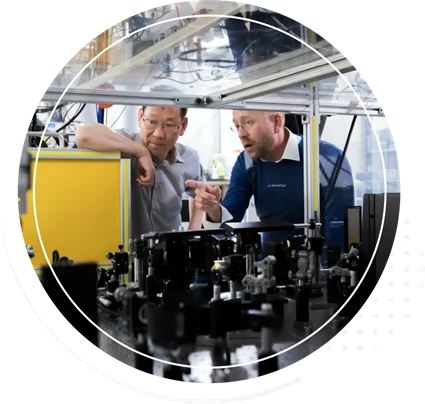The core of every successful marketing campaign is a well-defined target audience. Identifying and refining this audience—the prospects who are most likely to become your customers—is called “audience building,” and it’s an essential tool in the digital marketer’s repertoire.
At its most basic, audience building comes down to a single question: “Who do I want to see my message?” Campaign resources are finite, and it doesn’t serve businesses well to push ads to people who are unlikely to opt-in. On the other hand, it’s unwise to push ads to everyone who is likely to opt-in. Imagine spending $5 to get a user to click on an ad for a $2 product. You got the opt-in, but you lost the margin. A well-crafted audience balances costs and returns by reaching not just the most engaged, but the most cost-effective audience possible.
The importance of audience building is most apparent in paid advertising on social media, where there are thousands of possibilities for defining your audience based on demographics, psychographics, buying behavior, and past brand engagement. With so many options, identifying an effective target audience can seem like an overwhelming task. It also requires a different strategy depending on the platform. Facebook, LinkedIn, Twitter, etc., have their own quirks that require time and experience to fully understand.
Still, it’s worth the effort. By building and refining an effective target audience, you can increase your campaign’s ROI significantly. In the hands of an experienced campaign manager, that $5 click from before can drop all the way down to $0.50 and you can walk away with a profit maker worth taking up the ladder.
Let’s look at how audience building works on a few of the major platforms.
Using Facebook to Build B2C Audiences
Facebook has the most robust targeting of any social advertising platform, which is why, despite audience shifts to other platforms, it remains a top tool for brands. What makes Facebook unique is the ability to target across a wide range of categories based on user behavior and profile information.
Facebook’s user profiles are some of the most detailed on the Internet. Consider your own profile. You likely have your name, age, gender, location, job title and company, favorite sports team, liked bands and movies, and a list of recently visited locations right there on display. Instagram, which is owned by Facebook, can also be used to build a highly targeted audience, and together these two platforms can elevate your marketing game tremendously.
In addition to targeting based on profile details, Facebook is capable of creating matched audiences based on website data and previous engagements. A must-have in the audience builder’s toolkit is Facebook’s pixel. Installing this piece of code on your website gives you the ability to retarget users who visit specific pages on your site, interact with key content, or purchase products. This level of data helps you customize your creative so you can match discount ads to visitors who have abandoned their carts or advertise accessories to previous purchasers of a specific product. This behavior targeting makes it easy and cost-effective to push users down the purchase funnel and turn them into repeat customers.
Here’s one example of how Facebook targeting can work: One of Trellist’s clients, MotorCrush, is a social network for auto enthusiasts. When MotorCrush launched, the company’s promotional strategy included sending brand ambassadors to car shows, where they introduced the app to event attendees, encouraged them to download it, and had them check into the event using the app.
Along with promoting the MotorCrush app on billboards, in print media, and via email, Trellist’s strategy for this campaign included using Facebook’s targeting features to build three audiences on Facebook and Instagram based on location (geo-targeting). The first location was set to a five-mile radius around the event grounds, and the message to this audience was to check into the event using the MotorCrush app. The next location was set at the state level, and the message encouraged local users to engage with the virtual car show. The last location was set at the country level (U.S.), and targeted non-local users with the same engagement message.
The result of this multi-level approach? A record 500 event attendees checked into the app during the show, and MotorCrush saw a spike in user engagement during the campaign’s run.
Using Google’s Tailored Audience-Building Capabilities
The audience-building features provided by Google Ads are extremely versatile. With Google Ads, you can build your audience from a curated list of affinities, demographics, in-market categories, and life events that reach people through a broad definition of their interests, product research, habits, and lifestyles.
For a more tailored audience segment, you can refine by affinities and intents. “Affinities” are combinations of a person’s interests, favorite places, frequently visited URLs or preferred apps. An important thing to note with affinity audiences is that Google does not show your ad on the specific URL or app you target; rather, it creates interest categories and shows your ad on websites and apps with similar content themes.
“Intents” are a combination of the product- or service-related keywords and URLs that target people who are actively searching them. You can also refine at the campaign level with “Placements” and narrow where your display or video ads are shown. Using URLs, you can target people while they are visiting a competitor’s website, YouTube channel, or app. You can even focus on a specific page and video so you hit your audience where they live, on the content they love.
For example, Trellist used Google’s audience-building capabilities to help MotorCrush, the client mentioned above. MotorCrush wanted to promote a sponsored event with an ad placement on YouTube. Using Google Ad Sense, Trellist created a video campaign that featured multiple levels of targeting.
We built the first target audience using factors including affinity, intent, and remarketing. We built the second audience based on the type of content MotorCrush wanted their ad to display on, including topics, keywords, and placement combinations. We also extended ad placements to other videos and YouTube channels where we believed the message would resonate. The results of the campaign were an average cost per view (CPV) of $0.01 (compared to YouTube’s average CPV of $0.01–$0.031), and a high audience retention on MotorCrush’s full video ads.
More Visibility for Your Brand
It’s clear from the examples above that, when done right, audience building can make a huge difference in your campaign performance. And there are many types of conversions you can track on paid social in addition to sales, from increased engagement and more clicks on your website to new followers on social and lower costs per impression and engagement.
All of these things can lead to more visibility for your brand, better brand recall, and a higher likelihood of purchase/opt-in both on and offline. So, whether your final campaign conversion is a purchase or a page view, it all starts with identifying the right audience.
Trellist Can Help
Building audiences and tracking results can be daunting, even for established brands. Many companies find it challenging to develop the expertise required to master the online platforms and tools currently available.
As a platform-agnostic marketing company, we possess the experience, strategies, best practices, and technical proficiency to support you and help drive performance from your digital campaigns. Our experts know your industry and know what works in online advertising, so you see results. Not only can we help you build audiences for your campaigns, we can help you build the right audiences for them—driving maximum engagement, cost-efficiency, and lifetime value. Contact us today.
1https://influencermarketinghub.com/how-much-do-youtube-ads-cost/














